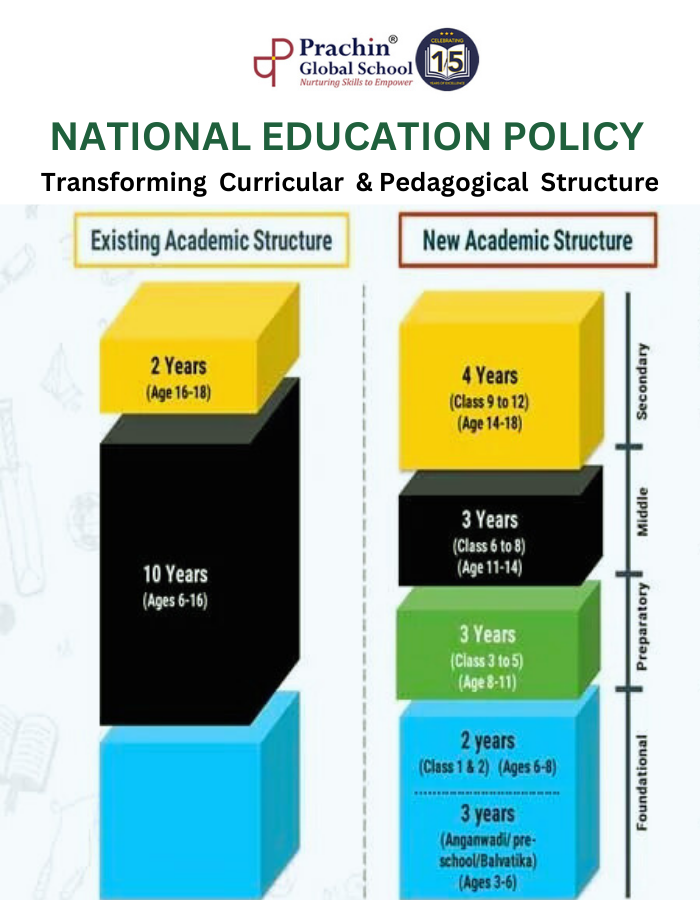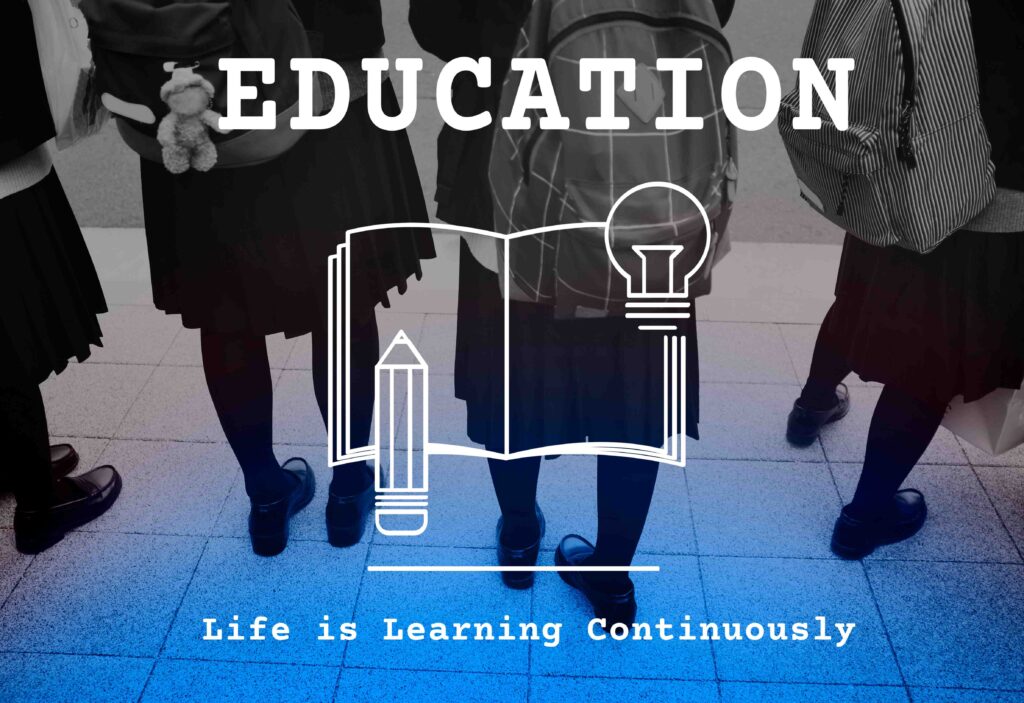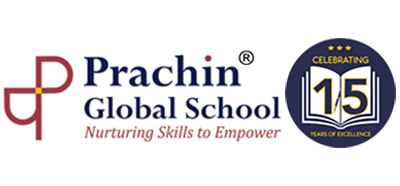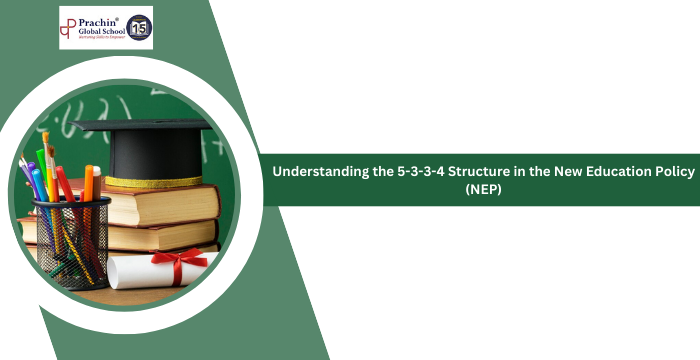The New Education Policy (NEP) 2020 has brought a revolutionary change to India’s education system by replacing the decades-old 10+2 structure with a more flexible and holistic 5+3+3+4 framework. This change aims to address the developmental needs of students at various stages of their education, emphasizing the need for a learner-centric and skill-based approach. Let’s dive into what the 5+3+3+4 structure means and how it impacts institutions like Prachin Global School.
The Breakdown of the 5+3+3+4 Structure
Foundational Stage (5 years)
Age Group: 3-8 years
Classes Covered: Pre-primary (Nursery, LKG, UKG) and Grades 1 and 2
Focus: This stage focuses on play-based, activity-driven learning. The aim is to build a strong foundation in literacy and numeracy skills while nurturing curiosity and cognitive abilities. This is critical for the child’s early development, where learning is designed to be fun and engaging rather than purely academic.
Preparatory Stage (3 years)
Age Group: 8-11 years
Classes Covered: Grades 3 to 5
Focus: In this stage, the curriculum becomes slightly more structured, focusing on building upon the foundational skills through the introduction of subjects like Science, Mathematics, and Social Studies. Experiential learning and interactive classroom methods are emphasized, helping students to explore and learn by doing.
Middle Stage (3 years)
Age Group: 11-14 years
Classes Covered: Grades 6 to 8
Focus: At this stage, students are exposed to a broader range of subjects, and the focus shifts to conceptual understanding. Students are introduced to more abstract concepts in subjects like Mathematics, Science, and Social Sciences, fostering a deeper level of thinking. This phase also introduces critical thinking and project-based learning.
Secondary Stage (4 years)
Age Group: 14-18 years
Classes Covered: Grades 9 to 12
Focus: The secondary stage offers students the flexibility to choose subjects based on their interests and future career goals. The curriculum is multidisciplinary, allowing students to integrate subjects from sciences, and Commerce. This stage is geared towards preparing students for higher education or vocational pathways.

How Does NEP 2020 Benefit Students?
The 5+3+3+4 structure addresses several important aspects of education:
Holistic Development: The policy promotes not just academic development but also emotional, physical, and social growth. This is especially evident in the foundational and preparatory stages, where emphasis is placed on cognitive development through play, art, and physical education.
Flexibility and Choice: The new structure provides students with multiple entry and exit points, especially in secondary education. Students have more freedom to choose subjects that align with their career aspirations and personal interests.
Vocational Training: NEP emphasizes vocational education from the middle stage onwards, ensuring that students acquire practical skills alongside their academic knowledge.
Inclusivity and Equity: The policy strives to reduce dropout rates and make quality education accessible to all students, irrespective of their socio-economic backgrounds.
Does the NEP Apply to Prachin Global School?
Given the NEP’s national scope, its new structure will indeed apply to all schools following the CBSE curriculum. Prachin Global School, one of the best CBSE residential schools in Hyderabad already follows it. The school has implemented the NEP framework to align its academic structure with the 5+3+3+4 system, ensuring that students receive a comprehensive, well-rounded education.
At Prachin Global School, where emphasis is already placed on holistic development, experiential learning, and a student-centric approach, the transition to the NEP structure will further enhance the existing educational framework. The school’s wide range of co-curricular activities, such as sports, art, and music, already resonates with the NEP’s focus on holistic development, making it an ideal institution to successfully implement the new structure.
By adopting the 5+3+3+4 structure, Prachin Global School, recognized as one of the top schools in Hyderabad, will continue to provide students with the best possible learning environment, nurturing their academic, physical, and emotional growth. The flexibility offered by this new policy will allow the school to tailor its curriculum to the needs of each student, ensuring they are well-prepared for the future.
In conclusion, the 5+3+3+4 structure introduced by the New Education Policy marks a significant shift towards a more learner-centric and adaptable educational system. At Prachin Global School, the implementation of this framework has further enhanced the quality of education, fostering an environment where students thrive both academically and personally, ensuring the school remains a leader in the field of education.

FAQ’s For New Education Policy (NEP)
What is the 5+3+3+4 structure introduced by NEP 2020?
The 5+3+3+4 structure is a new educational framework introduced by NEP 2020 that replaces the traditional 10+2 system. It covers different developmental stages: 5 years for foundational education, 3 years for preparatory, 3 years for middle, and 4 years for secondary education.
What role does vocational education play in the new system?
The NEP places significant importance on vocational training, starting from the middle stage (Grades 6-8). This helps students acquire practical skills early, preparing them for real-world challenges alongside academic education.
How does the foundational stage benefit children?
The foundational stage focuses on play-based and activity-driven learning for children aged 3-8 years. It builds a strong foundation in literacy, numeracy, and cognitive skills through engaging, fun learning methods.
How does the NEP promote holistic development in students?
The NEP emphasizes not only academic learning but also emotional, physical, and social development. From the foundational stage onwards, the curriculum includes physical education, art, and experiential learning to foster well-rounded growth.
How does the 5+3+3+4 structure apply to Prachin Global School?
Prachin Global School, a CBSE residential school in Hyderabad, has implemented the 5+3+3+4 structure to align its academic framework with the NEP. The school is well-positioned to offer holistic education and meet the goals of the new policy.
What changes can parents and students expect at Prachin Global School due to NEP?
With the new NEP structure, Prachin Global School has enhanced its curriculum to include experiential learning, subject flexibility, and a greater focus on holistic development. This ensures that students receive a well-rounded education tailored to their individual needs.

